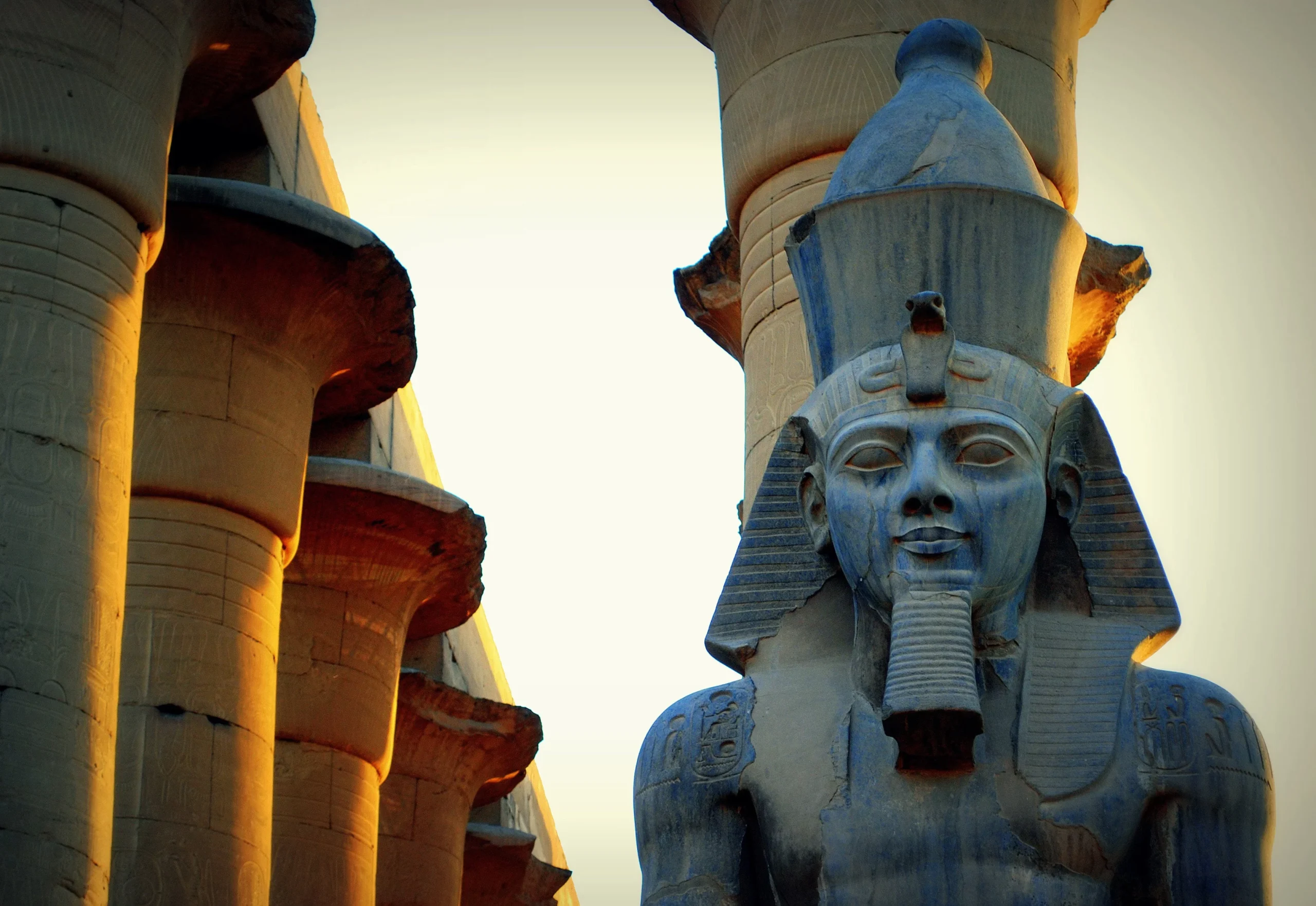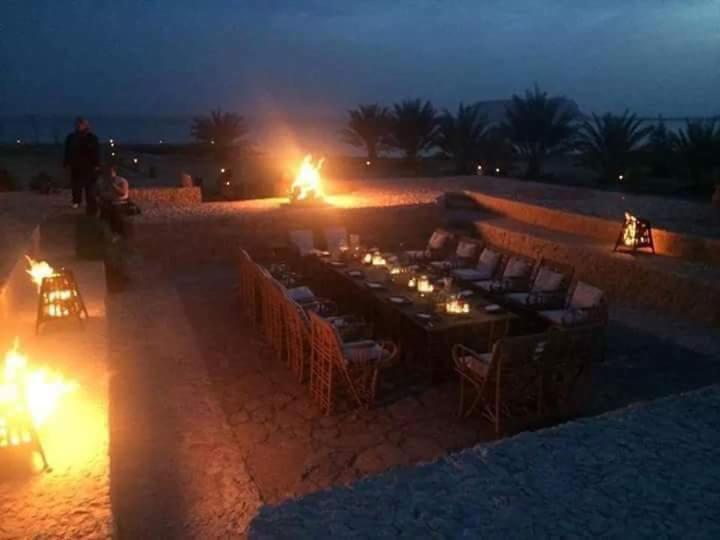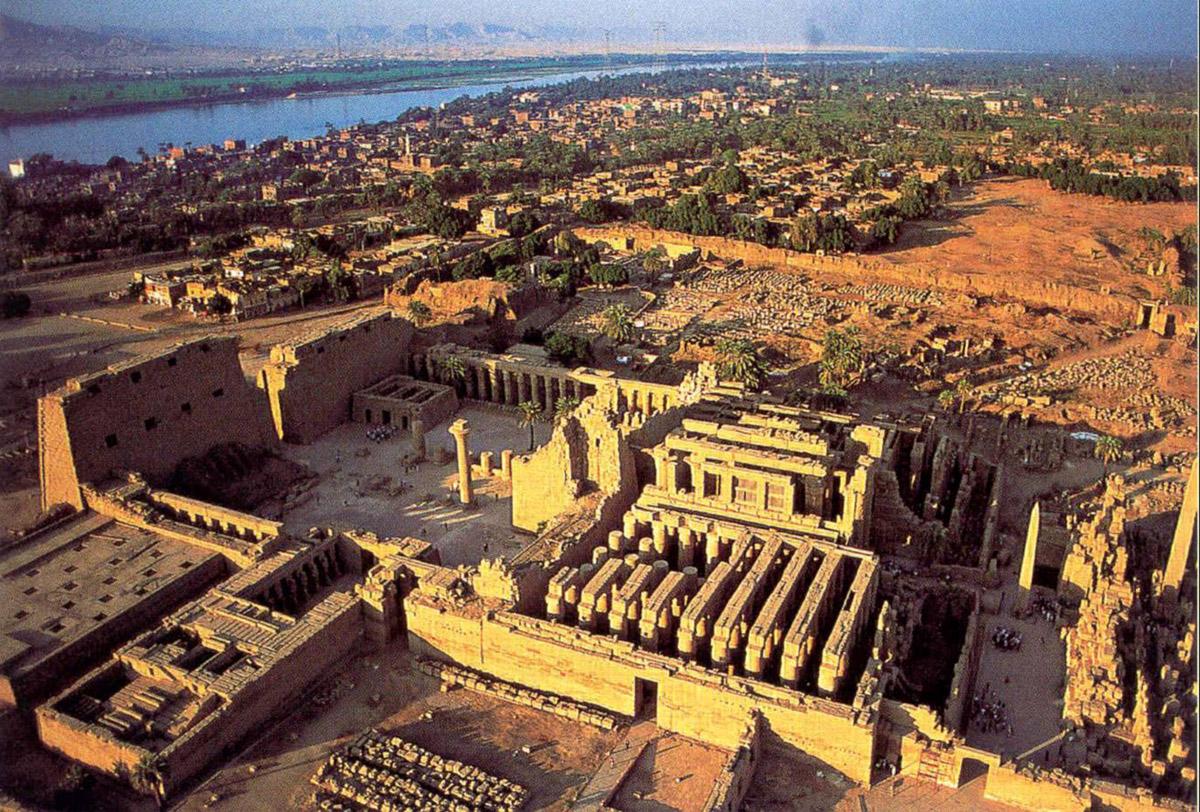
Introduction to the Temple of Amun
History and Significance
The Temple of Amun, a magnificent relic of ancient Egypt, wasn’t just a place of worship; it was the heart of Thebes, the political and religious capital during the New Kingdom. As I learned about its rich history, I found myself captivated by the belief that Amun was the king of the gods, revered for his power and influence. Some key highlights include:
- Construction began in 1390 BCE during the reign of Pharaoh Amenhotep III.
- It underwent expansions under later pharaohs, enhancing its grandeur.
Architecture and Design
Stepping into the temple is like walking through time. The sheer scale of its architecture left me in awe. The design features:
- Massive stone columns in the Hypostyle Hall that create an enchanting interplay of light and shadow.
- Intricate carvings depicting gods and pharaohs, sharing stories of their divine connection.
This architectural wonder not only serves as a testament to Egyptian engineering but also showcases the cultural importance of Amun in everyday life and royal matters.
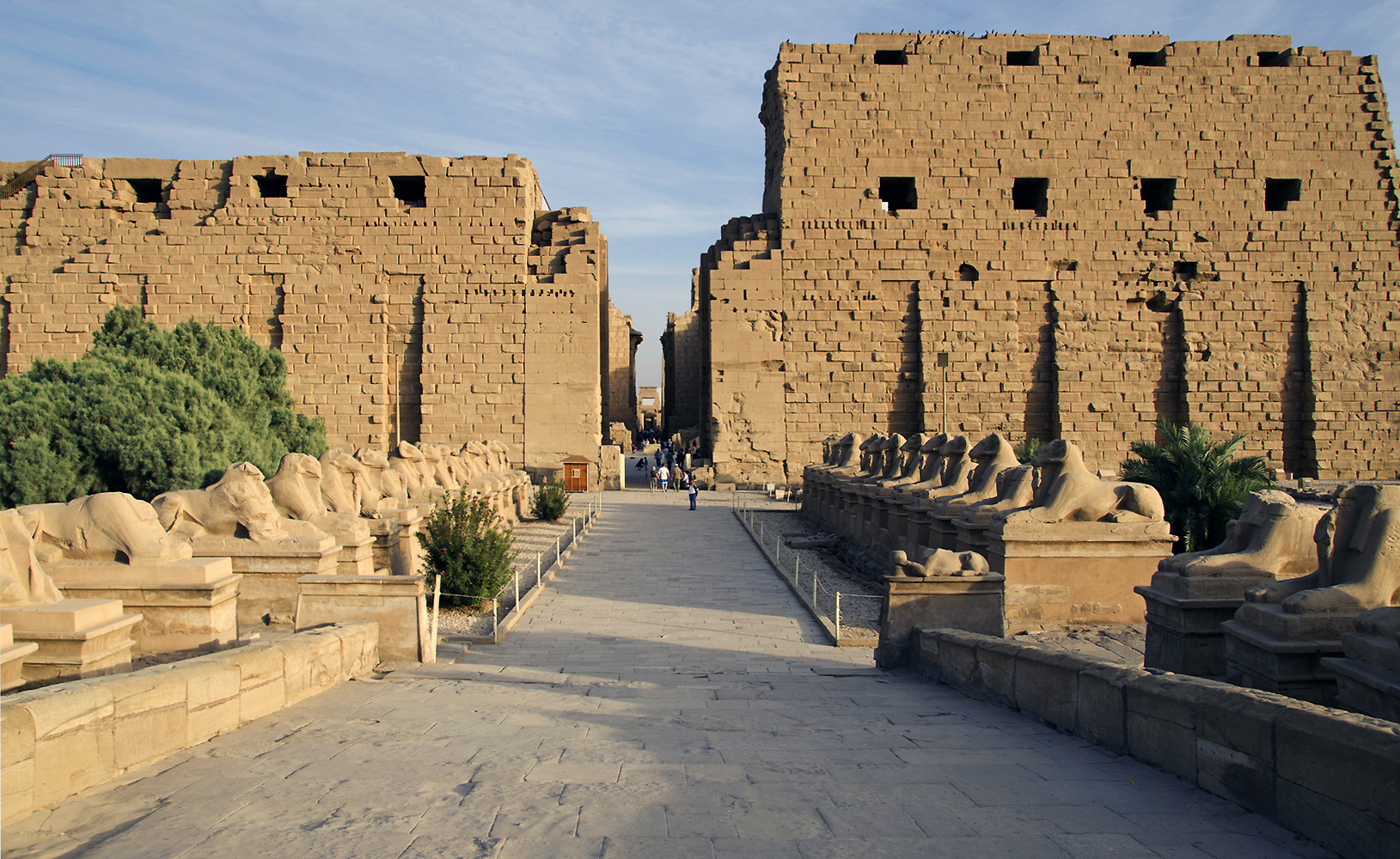
Discovering the Mythology of Amun
The God Amun and His Role
As I delved deeper into the mythology surrounding Amun, I discovered he was revered not just as a god, but as a cosmic creator. Known as the “Hidden One,” Amun was believed to be the source of all life and vitality. His roles included:
- Protector of the Pharaohs: Symbolizing divine kingship.
- God of the Air: Representing the breath of life.
Understanding his significance helped me appreciate the essence of Egyptian spirituality and its deep connection to the natural world.
Symbolism in Temple Depictions
Walking through the temple, I marveled at the rich symbolism portrayed in the carvings. Each depiction told a story, revealing Amun’s essence:
- Sphinxes and cobras symbolizing protection.
- Lotus flowers representing rebirth and creation.
These vibrant illustrations transformed the temple into a living narrative, weaving together the myths and beliefs that shaped ancient Egyptian culture. It felt as if the walls themselves were alive with history!
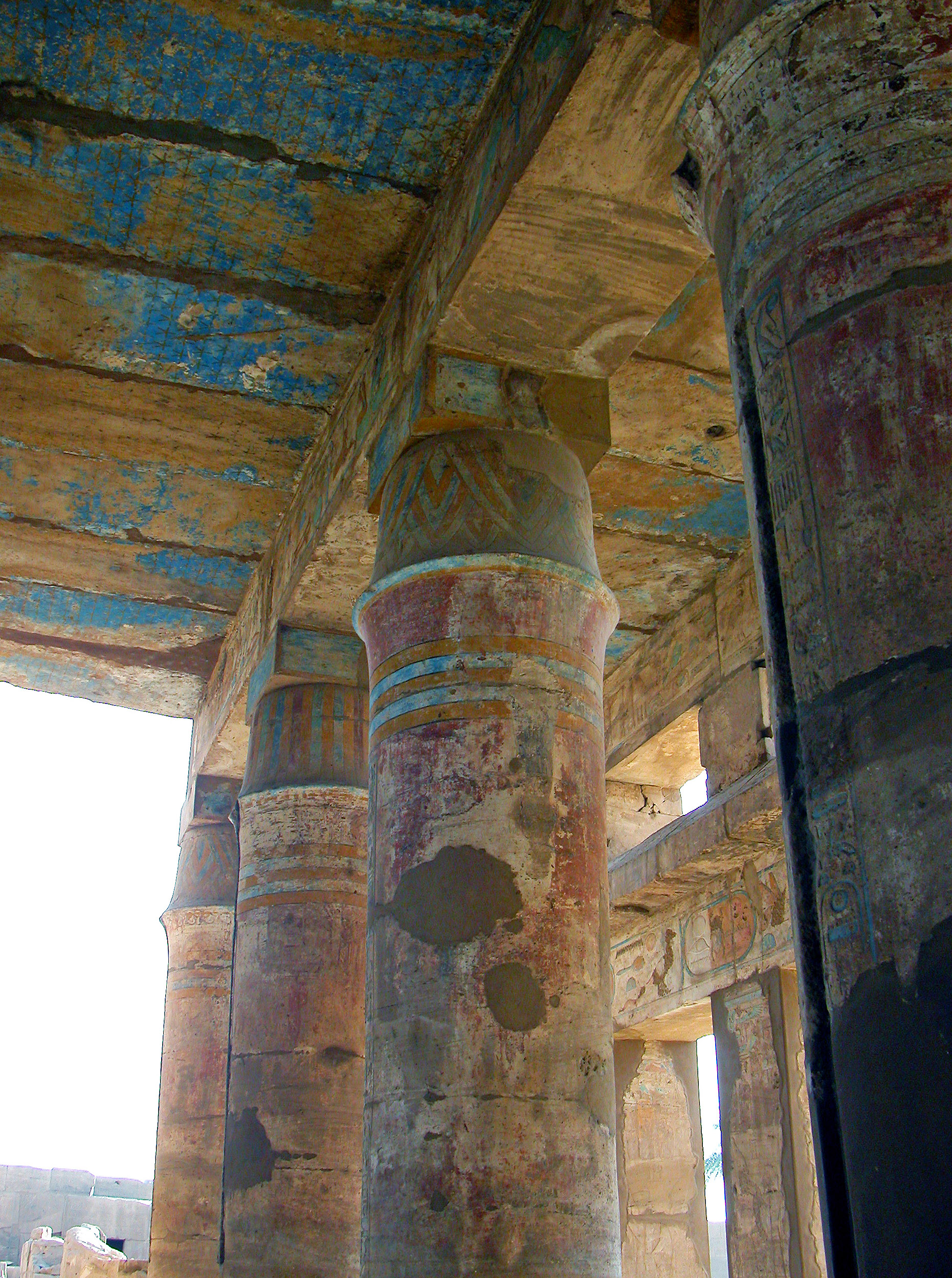
Unveiling the Secrets of the Hypostyle Hall
Carvings and Hieroglyphics
Stepping into the Hypostyle Hall felt like entering a sacred archive of art and history. The towering columns, adorned with intricate carvings and vivid hieroglyphics, captivated me completely. Each symbol had its own meaning, and I found it fascinating how they conveyed stories of gods, pharaohs, and daily life.
- Key featuresincluded:
- Imagery of Amun engaging with the pharaoh.
- Divine prayers etched in meticulous detail.
These decorative elements reminded me of a timeless language that transcended centuries, whispering secrets from the past.
Rituals and Ceremonies
The Hypostyle Hall also served as the backdrop for grand rituals and ceremonies, filled with unwavering reverence. I could almost visualize priests clad in linen performing sacred rites, such as:
- Offering incense to honor Amun.
- Celebrating the Opet Festival, ensuring the divine connection between the gods and pharaohs.
These moments of spirituality transformed the hall into a living testament to the Egyptians’ profound connection with their faith. It was awe-inspiring to think of the generations that had stood in that very space, sharing in sacred traditions.
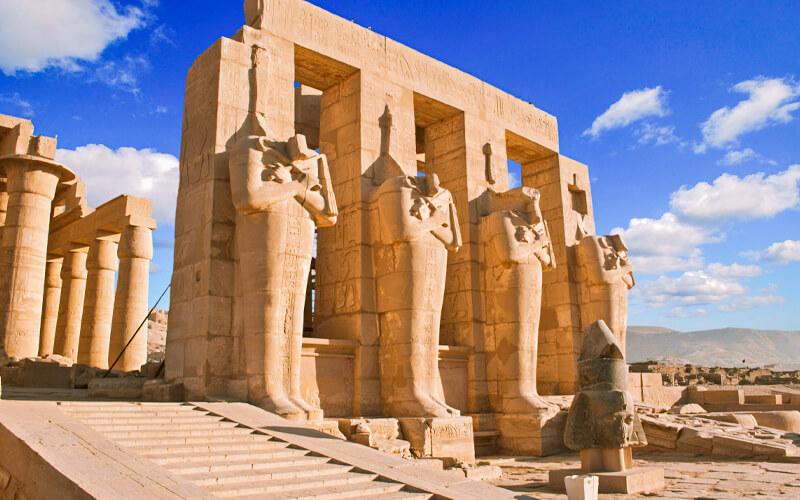
Exploring the Inner Sanctum of the Temple
Statues and Offerings
Venturing into the Inner Sanctum of the Temple was an ethereal experience. I was immediately struck by the towering statues of Amun, each exuding an aura of power and majesty. It became clear that this sacred space was reserved for the most profound acts of devotion. The offerings left by worshippers were equally intriguing:
- Beautifully crafted jewelry to adorn the deity.
- Food and incense, symbolizing nourishment and respect.
These artifacts painted a vivid picture of the deep-seated reverence the Egyptians held for their gods.
Religious Practices
The rituals performed in the Inner Sanctum felt almost tangible as I imagined them unfolding. Here, temple priests engaged in intimate religious practices that brought the divine closer to the people. Key practices included:
- Daily prayers and chants directed toward Amun.
- Ritual cleansings, ensuring purity before interacting with the divine.
Witnessing these sacred traditions transformed the temple into not just a monument, but a living hub of spirituality where the past and present intertwined seamlessly.
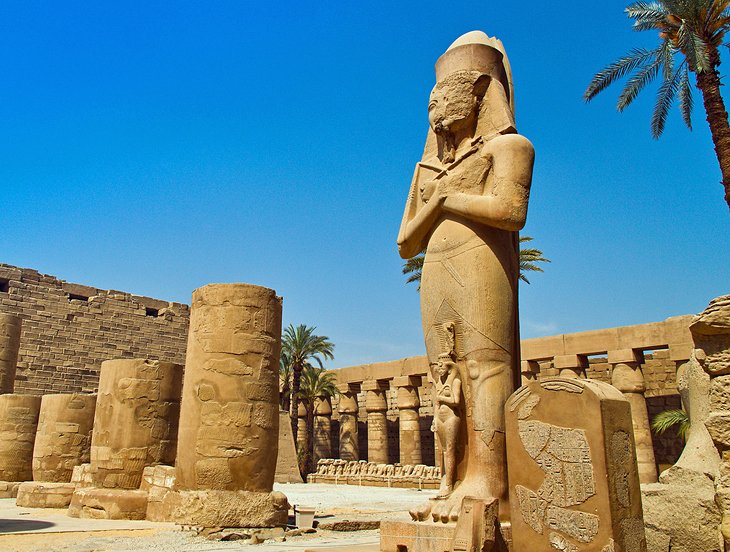
Understanding the Influence of Amun in Ancient Egypt
Political Power and Influence
As I explored the vast narratives surrounding Amun, it became evident that his influence permeated every aspect of Egyptian life, particularly politics. Amun wasn’t just a deity; he was a symbol of royal authority. Pharaohs often claimed descent from him, solidifying their rule. Some key points that struck me were:
- Amun’s role in crowning new pharaohs during ceremonies.
- His association with military victories, enhancing the legitimacy of rulers.
This connection intertwined divine and political power, making Amun an indispensable figure in governance.
Economic Contributions
Amun’s presence also significantly shaped the economy of ancient Egypt. The wealth generated by the temple economy was astounding. I was fascinated to learn that:
- Temples functioned as economic centers, controlling vast resources.
- Agricultural festivals and offerings boosted local economies and trade.
The temple of Amun attracted pilgrims and traders alike, creating a vibrant marketplace that contributed to the prosperity of Thebes. It was incredible to realize how a single deity could significantly influence both politics and economics, stitching together the fabric of ancient Egyptian society.

The Legacy of the Temple of Amun
Modern-day Preservation Efforts
As I stood among the ancient ruins of the Temple of Amun, I couldn’t help but reflect on the importance of preservation. Today’s efforts are truly commendable, ensuring that this magnificent site endures for future generations. Some of the key initiatives include:
- Restoration projects aimed at repairing damage from time and environmental factors.
- Collaboration with UNESCO to promote sustainable tourism and conservation practices.
These dedicated efforts made me appreciate how deeply the world values the wisdom of ancient Egypt.
Tourism and Cultural Impact
The Temple of Amun remains a major draw for tourists, and it’s no wonder! Its grandeur has inspired countless visitors, including myself, to explore the depths of ancient spirituality and artistry. The impact of tourism includes:
- Economic support for local communities through visitor spending.
- Educational programs that offer insights into ancient Egyptian culture.
Experiencing the temple firsthand left me with a profound respect for its history, and it’s clear that Amun’s legacy continues to resonate in the hearts of many around the globe.

